Lodging Special:
Chautauqua Winter Wonderland – Save 15%
- Pet-friendly lodging options
- Flatirons hiking and snowshoeing
- Dining and concerts
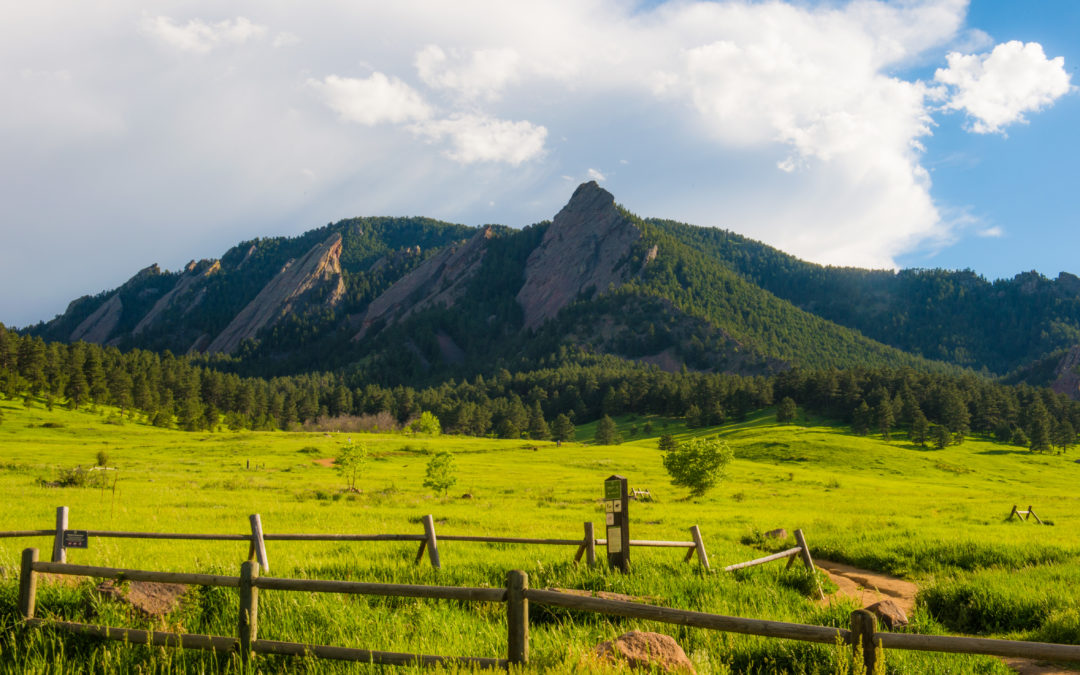
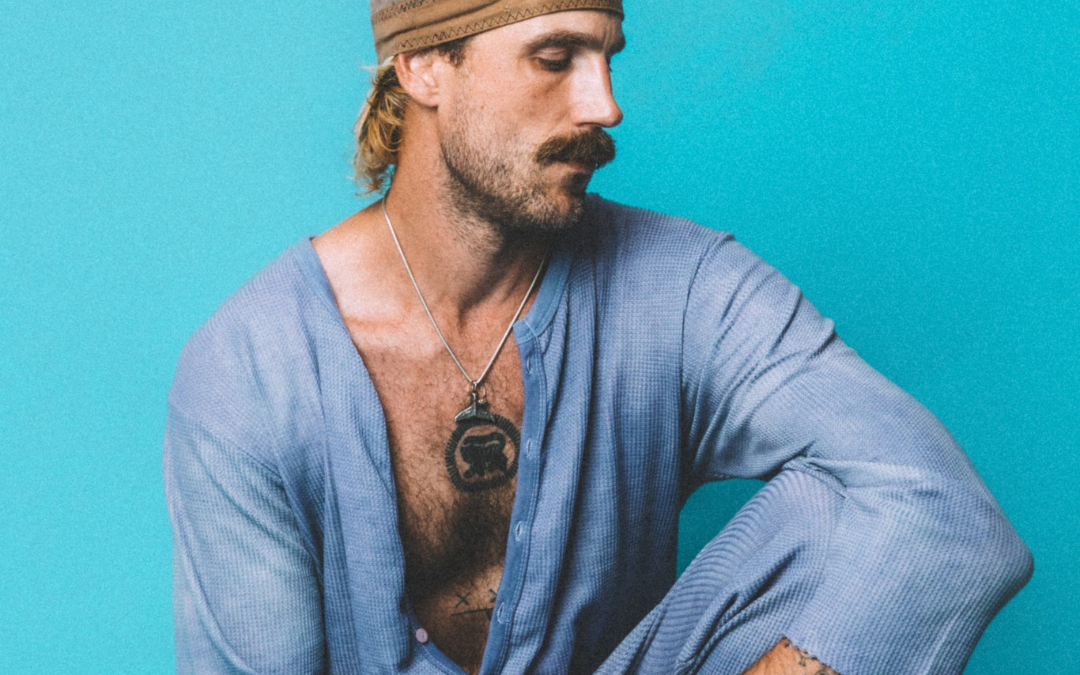
Door time: 6:30
Show time: 7:30
For the making of his fourth album If I Were a Butterfly, Rayland Baxter holed up for over a year at a former rubber-band factory turned studio in the Kentucky countryside—a seemingly humble environment that proved to be something of a wonderland. “I spent that year living in a barn with the squirrels and the birds, on my own most of the time, and I discovered so much about music and how to create it,” says the Tennessee-bred singer/songwriter. “Instead of going into a studio with a producer for two weeks, I just waited for the record to build itself. I’d get up and go outside, see a butterfly and connect that with some impulsive thought I’d had three months ago, and suddenly a song I’d been working on would make sense. That’s how the whole album came to be.”
The follow-up to 2018’s critically acclaimed Wide Awake, If I Were a Butterfly finds Baxter co-producing alongside Tim O’Sullivan (Grace Potter, The Head and the Heart) and Kai Welch (Molly Tuttle, Sierra Hull), slowly piecing together the album’s patchwork of lush psychedelia and Beatlesesque pop. In addition to working at Thunder Sound (the Kentucky studio he called home for months on end), Baxter recorded in California, Texas, Tennessee, and Washington, enlisting a remarkable lineup of musicians: Shakey Graves, Lennon Stella, several members of Cage the Elephant, Zac Cockrell of Alabama Shakes, Morning Teleportation’s Travis Goodwin, and legendary Motown drummer Miss Bobbye Hall, among many others. In an especially meaningful turn, two of the album’s tracks feature the elegant pedal steel work of his father, Bucky Baxter (a musician who performed with Bob Dylan and who passed away in May 2020). Thanks to the extraordinary care and ingenuity behind its creation, If I Were a Butterfly arrives as a work of rarefied magic, capable of stirring up immense feeling while leaving the listener happily wonderstruck.
Baxter’s debut release as a producer, If I Were a Butterfly bears a dazzling unpredictability that has much to do with his limitless imagination as a collector and collagist of sound. “Sometimes the bullfrogs in the pond outside would pulse in a certain tempo and I’d apply that to a song, or I’d hear a bird chirping and it would inspire me to add harmonica in a particular place,” he says. “I could be walking around this massive building in the middle of the night and the air-conditioning would turn on, and it’d give me the idea to include a synth part that holds a similar note. I’d wait for those moments to happen and whenever I tried to force anything, the music usually rejected it.”
A perfect introduction to If I Were a Butterfly’s elaborate sonic world, the album-opening title track begins with a recording of a Baxter singing at age four, then drifts into a delicately sprawling reverie ornamented with so many lovely details (lavish flute and cello melodies, radiant horns, the hypnotic harmonies of Lennon Stella and Baxter’s girlfriend, Sophia Rose). “I liked the idea of the first voice on the record being me as a little kid, not knowing where I’d be today,” notes Baxter, who embedded newly unearthed audio clips of himself and his older sister Brooke all throughout the album. Graced with the combustible guitar work of his bandmate Barney Cortez, “Billy Goat” kicks up a potent tension with its restless grooves and hot-tempered gang vocals. “It’s a breakup song about being with someone who’s on a different life path—one side wants to influence the other, and inevitably you part ways,” says Baxter. From there, the album takes on a feverish momentum with “Rubberband Man,” a delightfully frenzied track channeling a wild and giddy freedom. “There’s rubber bands all over the property at Thunder Sound—in the earth, in the concrete, used as insulation for the studio,” says Baxter. “I took a mishmash of images in my head and it turned into a song about staying flexible, rolling with the punches.”
In its searching reflection on love and loss and striving for transcendence, If I Were a Butterfly reaches a quietly glorious intensity on “Tadpole”: a piano ballad threaded with childhood memories at turns oddly tender (catching frogs and crawfish in a nearby toxic creek) and nightmarish (hearing the gunshot when an across-the-street neighbor took her own life). And on “My Argentina,” If I Were a Butterfly closes out with a piano-driven and painfully raw outpouring, its starkness intermittently broken by soulful strings and gospel-esque harmonies. “One time at the studio I stayed up all night and played that song maybe 100 times; we ended up using the last take, which was recorded at about five in the morning,” says Baxter. “It’s a song that represents the thoughts one might have about a perfect love life, and I love how it ends the album in a big angelic cloud of reverb.”
For Baxter, the act of self-producing such a sonically and emotionally expansive body of work proved both exhilarating and arduous. “It really wore me out to spend all that time alone at the studio, editing the hell out of this record; my heart definitely suffered,” he says. “But I also had the guidance of my dad, who was in my dreams all the time—if I was moving too fast, I’d hear him telling me to slow down.” Another profound influence on the album-making process: the 2018 deaths of Baxter’s close friends Billy Swayze (a musician whose parents owned the rubber band company that became Thunder Sound) and Tiger Merritt (the vocalist/guitarist for Morning Teleportation, who worked with Swayze in constructing the studio). “Billy and Tiger had been going up there since 2015, and finally they turned it into a legit recording studio,” he says. “It’s a very special place to me, so they’re two of the four angels I decided to dedicate this record to.”
Even in its most somber moments, If I Were a Butterfly wholly fulfills Baxter’s mission of imparting a certain purposeful joy. “It’s been a weird few years, but I think the big picture is for us to just exist and find love and be loved, and try to see that all the daily bullshit is simply bugs on the windshield,” says Baxter. “I hope that this album makes people feel the way I do whenever I listen to my favorite records, and that it gives them a platform to dream on.”

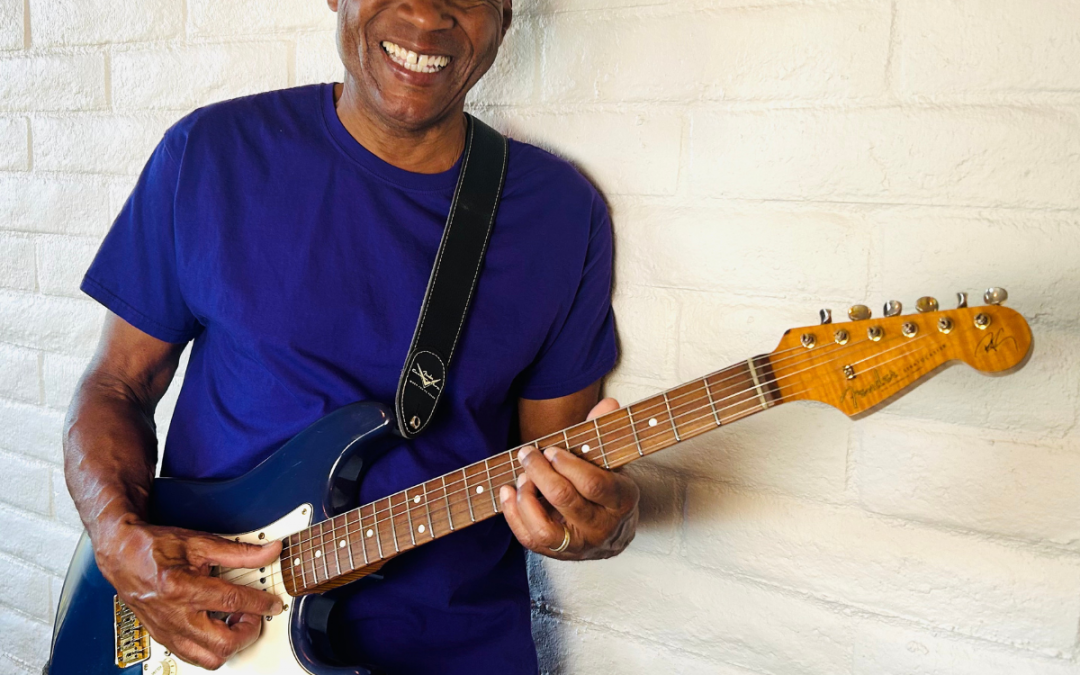
Door time: 6:30
Show time: 7:30
Blues icon. Soul man. Rock and roller. Robert Cray is all these things – and more. The Georgia- born, Washington-raised musician first picked up a guitar after seeing The Beatles on TV then, having witnessed Jimi Hendrix perform in Seattle, determined that his destiny would also follow a similar path. And so he has: across the past half century Robert Cray’s developed into one of American music’s most singular artists.
“I guess you’d have to say that we were lucky,” reflects Cray on his life in music, “because, growing up in the 1960s, the different music played on the radio really opened us up. I mean, we even had Albert Collins play our high School graduation party.”
From forming a teenage garage band, through to striding the stage alongside several of the world’s greatest guitarists, Robert Cray’s story is one of struggle and commitment. Struggle and commitment that led to Cray enjoying phenomenal success – selling millions of albums and countless concert tickets, winning five Grammy Awards, being inducted into the Blues Hall of Fame, recipient of the Americana Music Lifetime Achievement Award, designing two signature model Fender guitars – yet for Robert what’s always mattered most is the music. Every note he plays counts, every song he sings is delivered as if it is his last: integrity and intensity are what has guided Cray’s musical career. He has never cheapened his output or delivered a substandard performance.
Indeed, his commitment to making music of the highest standard has won Cray both a loyal audience and the respect of many of popular music’s most legendary figures.
Think about it: Robert Cray has shared stage and/or studio with the likes of John Lee Hooker, Muddy Waters, B.B. King, Buddy Guy, Chuck Berry, Albert Collins, The Rolling Stones, Eric Clapton, Tina Turner, Stevie Ray Vaughan, the Memphis Horns and Hi Rhythm Section. Cray’s stinging guitar playing and soulful voice, his skills as a band leader and performer, mark him as keeper of the flame for American roots music, an artist who never fails to deliver.
“We were so lucky just be able to see them,” says Cray of trading guitar licks on stage with legends of blues, rock and soul, “let alone share the stage with them – what an experience!”
Cray’s rise to the top was, like his music, a slow burn, he first building a following in small towns across the Pacific Northwest. Even before Cray had a record deal he enjoyed local hero status – so much so in 1978 he was cast (as a musician) in Animal House, the blockbuster comedy that made John Belushi famous. 1978 was also the year Cray recorded his debut album, Who’s Been Talkin’, although Tomato Records’ internal problems held up Talkin’s release until 1980. And then, just as Talkin’ was winning great reviews, Tomato collapsed into bankruptcy. Got the blues? Young Robert certainly could have claimed he had them. But Cray isn’t given to complaining, instead he persevered, committed then, as he is now, to taking his music to the people.
After Tomato became music biz ketchup, Cray and his band – today consisting of Richard Cousins (bass guitar – there since high school days), Dover Weinberg (keyboards) and George Sluppick (drums) – used the momentum the album gave them to play further afield. By now Cray was buddies with a young guitarist from Texas: Stevie Ray Vaughan.
“We played in 1979 at the San Francisco Blues Festival,” recalls Cray, “and I watched Stevie’s show and he’s just smoking. Afterwards Richard and I went up and chatted with him and we just hit it off. Stevie was great – if we were in Austin he’d always come and join us on stage.”
Signing to Hightone, Cray’s 1983 album Bad Influence established him internationally: he was invited to play Carnegie Hall, toured Europe, later finding Eric Clapton recording Bad Influence’s title track.1985 saw Cray’s False Accusations album increase his standing as the foremost singer of blues noir songs, while that year’s Showdown! – a sizzling collaboration with guitarists’ Albert Collins and Johnny Copeland – won Robert huge acclaim from blues musicians and fans: the new guy’s the real deal! Signing to Mercury Records, Cray’s 1986 album Strong Persuader ensured he became the first blues/soul musician to breakthrough in the MTV era.
Strong Persuader won Cray rave reviews from pop and rock critics, topped charts worldwide, saw Cray grace the cover of Rolling Stone magazine and winning the Grammy for Best Contemporary Blues Recording in 1988. Strong Persuader, with its songs of infidelity, guilt and unease, while not in any sense conventional Top 40 music, proved so strong an album it broke through barriers, sold millions of copies and would prove extremely influential. Cray’s breakthrough allowed both young and older blues and soul musicians to gain wide attention and radio play: John Lee Hooker’s career resurrection came soon after with The Healer, and Robert plays on that seminal album.
“It was great to be able to travel around the world,” says Cray of Strong Persuader’s success. “It afforded us a lot of great opportunities that we were lucky to experience.”
Cray’s being modest here: suddenly he found himself the hottest guitarist working – Tina Turner invited Robert to support her huge European tour (every night, after playing with his band, Cray would join Tina on stage to play A Change Is Gonna Come), then Keith Richards called, requesting Cray join the band backing Chuck Berry for Taylor Hackford’s celebratory feature length documentary Hail Hail Rock ‘N’ Roll. Here Cray not only got to play with the mercurial Berry (+Linda Ronstadt and Etta James, amongst many notable artists), he also formed a friendship with Steve Jordan, then drummer for the project and Richards’ solo band.
Now internationally famous, Cray found himself in intense demand: he toured with the Stones and Eric Clapton, played with B.B King and Buddy Guy (both of whom were inspirations), headlined noted music festivals – these included Glastonbury in the UK and Crossroads Guitar Festival in the US – and kept developing his sound over a selection of strong albums across the 1990s. Cray’s songwriting has addressed ageing, love, loneliness, domestic turmoil and US politics, while his music’s expansive vision found the likes of Cajun accordion legend Jo-El Sonnier and Memphis Horns’ trumpet and saxophone masters Wayne Jackson and Andrew Love guesting on his albums.
As an artist Robert Cray’s aged like fine wine – his voice has developed a greater range and
expressiveness, this he’s put to use on masterful interpretations of such Southern soul standards as I Forgot To Be Your Lover (William Bell), Your Good Thing Is About To End (Mable John) and Nobody’s Fault But Mine (Otis Redding). At the same time, Cray’s guitar playing now possesses an additional depth, a growl that can hint at a caress then signal emotional upheaval.
His recent run of albums – 2014’s In My Soul, 2017’s Robert Cray & Hi Rhythm and 2020’s masterful That’s What I Heard (all produced by Steve Jordan: now the Stones’ drummer) – are amongst the very finest he’s made. Every song here is deeply felt, whether an agonised song of loss, an angry protest number, or a dance tune that gets audiences pumping (My Baby Likes To Boogaloo is great funky fun).
Across five decades Robert Cray has created a richly inclusive American music, revitalising both blues and soul while rocking hard with the very best. To achieve 50 years in the music industry and still be as fresh and committed as when starting out is an achievement few can boast of but Cray can: he has released 19 studio albums, every one replete with his extremely distinctive songs, won five Grammy Awards and continues to make music that sounds like no one but Robert Cray. “All these years we have been fortunate to do what we love doing, playing the music we love playing,” says Cray with a smile. “I couldn’t ask for anything more.”
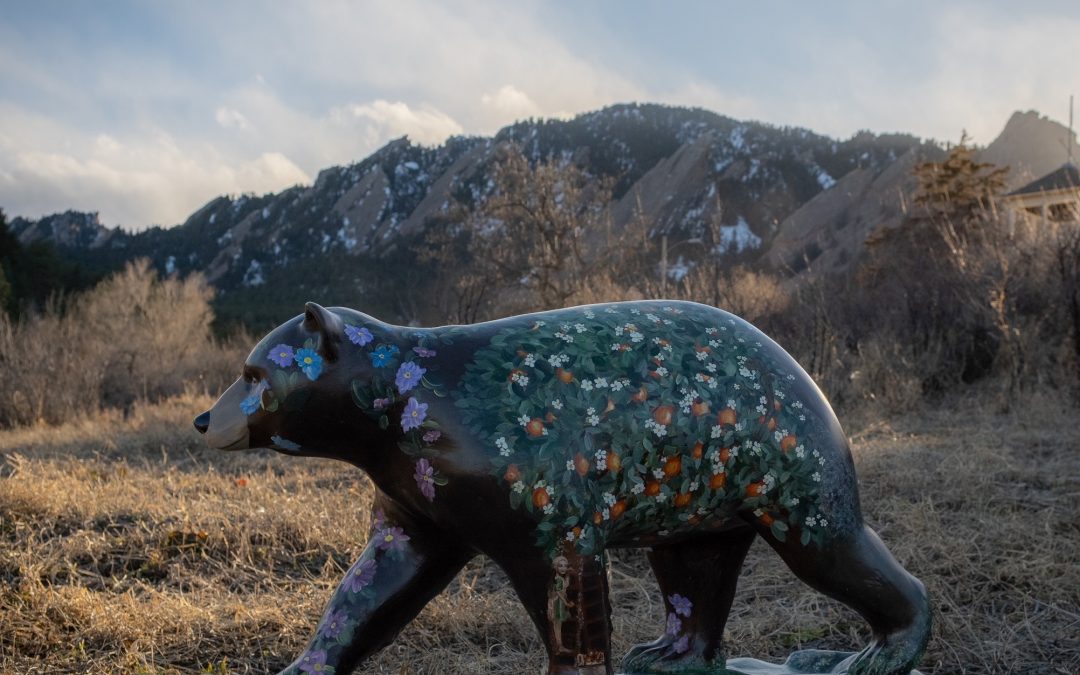
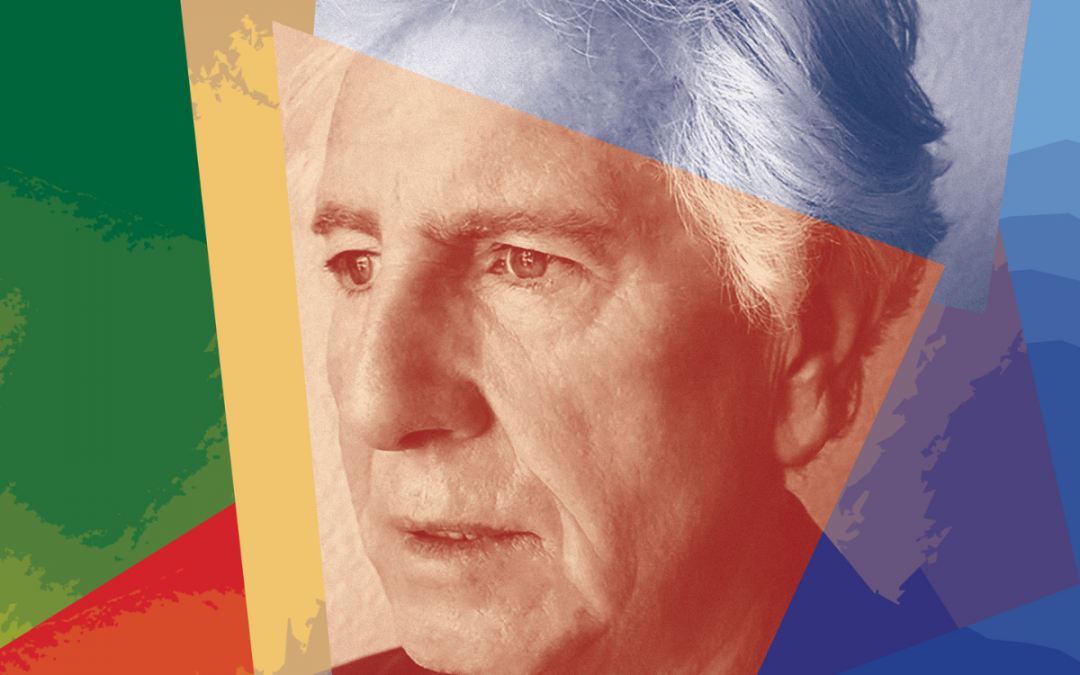
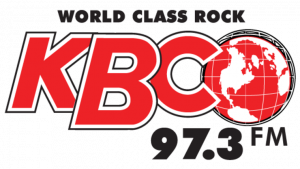
Door time: 6:30
Show time: 7:30
In September 2013, Nash released his long-awaited autobiography Wild Tales, which landed him on the New York Times Best Sellers list. In recognition for his contributions as a musician and philanthropist, Nash was appointed an Officer of the Order of the British Empire (OBE) by Queen Elizabeth. While continually building his musical legacy, Nash is also an internationally renowned photographer and visual artist whose work has been shown in galleries and museums worldwide. A collection of his photos is featured in the book A Life in Focus: The Photography of Graham Nash which was released in November 2021 by Insight Editions.
VIP Packages Available! Click “Get Tickets” to learn more.